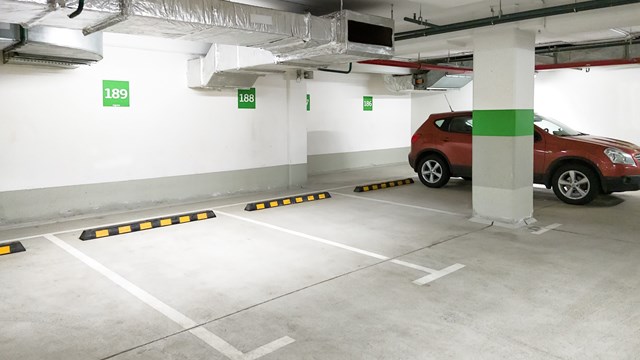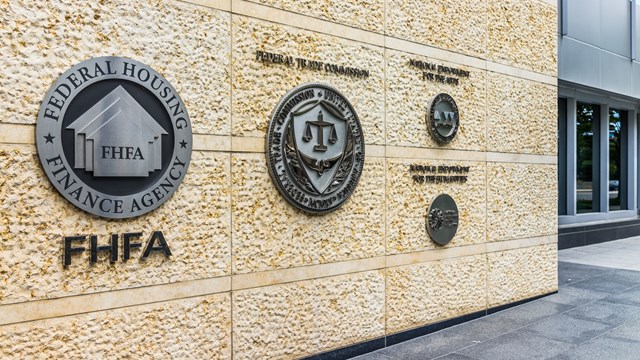On July 1, 2008 the New York City Department of Buildings (DOB) put into effect a new plumbing code. It is the first major revision of the code since 1968 and it puts a new focus on backflow prevention—the reverse flow of contaminated water into a building’s water supply. The new law requires that every point-of-use backflow preventer installed must be tested by a licensed Backflow Prevention Device Tester before it is put into use. It must then be tested annually, and each test must be filed with the Department of Buildings. This is a major step forward in the protection of New York City’s drinking water from contamination by end users.
What are Backflow
Preventers?
Backflow preventers, also known as RPZs, protect the city’s water supply from outside contamination. The devices operate by allowing water to flow in only one direction—whether it is into a boiler, a doctor’s office, a dentist’s chair, or into the building itself. RPZs are required wherever an end user poses a risk of polluting the city’s water.
Backflow prevention devices are needed on public water systems to contain contaminants from entering the public water system through back-siphonage or backflow of the water and contaminants. A qualified tester, who is licensed by the New York State Department of Health, tests containment devices, which include double-check valves and reduced pressure zone devices, to ensure that the devices are working properly.
In an unprotected system, water can—and does—flow both in and out of a building or fixture. The backflow is known as back-siphonage. When water service is interrupted in the street or in a building for any reason, there is a pressure drop which can draw contaminated water backwards into the water system. This recently happened in South Jamaica, Queens at a car wash that had no RPZ. A significant amount of dry cleaning fluid seems to have been sucked back from the car wash into the neighborhood’s drinking water. Local residents reported an odd, sweet taste to their water. Though the fluid was not immediately harmful to them, the event was a cause for concern.
It’s not just cleaning fluid that can foul New York’s water; bacteria and pathogens of all sorts can be siphoned back into the water system from air conditioning cooling towers as well as doctor’s and dentist’s offices. In fact, backflow from a hotel A/C system is assumed to have caused what is now known as Legionnaire’s Disease. It killed 17 people who attended a convention in Philadelphia in the late 1970s.
Omission to New Regulations
Despite the fact that New Yorkers will be better protected from water-borne contaminants as of July 1, there is an omission in the new regulations: it applies only to newly installed devices. The backflow preventers most at risk for failure—those installed in the 1970s and 1980s—are still not required to be tested or maintained. The recent, large step forward taken by New York City in the protection of drinking water falls short of a fully comprehensive safeguard. For boards and managers seeking more information on this complicated issue, please contact info@rpzny.com.
Paul Paddock is president of Backflow Prevention of New York, a company that designs, installs, tests and repairs all makes and models of backflow preventers.







2 Comments
Leave a Comment